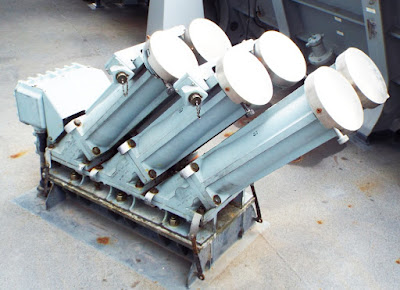Today marks the centenary of the first day of what was arguably the largest naval battle ever to have taken place.
The Battle of Jutland (or in German, Skagerrakschlacht [the Battle of the Skagerrak]) may or may not have been a victory for one side or the other, but the cost was tremendous. In the space of twenty four hours the British lost 6,094 killed and 674 wounded and the Germans 2,551 killed and 507 wounded. The losses in ships was also heavy.
British losses (totaling 113,300 tons):
To mark this day, there have been quite a few re-fights of the battle, one of the largest of which took place at the US Naval War College, Newport, Rhode Island. They used the rules and equipment (but not the models) that the US Navy used to re-fight the battle during the 1930s.
The following photographs of this re-fight are all copyright US Naval War College.
The Battle of Jutland (or in German, Skagerrakschlacht [the Battle of the Skagerrak]) may or may not have been a victory for one side or the other, but the cost was tremendous. In the space of twenty four hours the British lost 6,094 killed and 674 wounded and the Germans 2,551 killed and 507 wounded. The losses in ships was also heavy.
British losses (totaling 113,300 tons):
- Battlecruisers: Indefatigable, Queen Mary, and Invincible
- Armoured cruisers: Black Prince, Warrior, and Defence
- Destroyer flotilla leaders: Tipperary
- Destroyers: Shark, Sparrowhawk, Turbulent, Ardent, Fortune, Nomad, and Nestor
- Battlecruiser: Lützow
- Pre-Dreadnought: Pommern
- Light cruisers: Frauenlob, Elbing, Rostock, and Wiesbaden
- Destroyers: V48, S35, V27, V4, and V29
To mark this day, there have been quite a few re-fights of the battle, one of the largest of which took place at the US Naval War College, Newport, Rhode Island. They used the rules and equipment (but not the models) that the US Navy used to re-fight the battle during the 1930s.
The following photographs of this re-fight are all copyright US Naval War College.






































































































